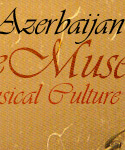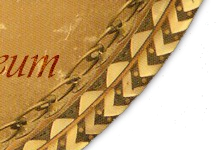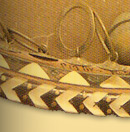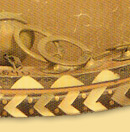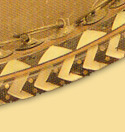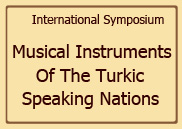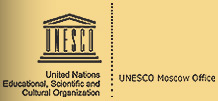Rubab

Listen

|
The rubab is a plucked string instrument that is played with a plectrum. It
was widely used during the Middle Ages in Azerbaijan. The rubab was described by
Nizami, Nasimi, Fuzuli, S.A.Shirvani and many other classical poets. According
to Al-Farabi, a prominent Arab scientist living in the 10th century, the rubab
is of ancient Eastern origin.17 It was very popular among the peoples of Central
Asia under the names “Kashghar rubab” and “Tajik rubab”. Nizami compares the
gentle, delicate sound of the rubab with the voices of singing birds. The rubab
was very popular in Shirvan musical gatherings (majlises). It was highly praised
in Khagani Shirvani’s works:
The Rubab is intoxicated with wine,
It has lots of veins on its
arm.
It has experienced so much suffering
And its singing is as a dry
reed.
In the 17th century, Givami Mutarzim wrote about a duet of a chang and a
rubab:
Wine and beauty fog his eyes,
Chang and rubab are ringing in his
ears.
Beginning in the 18th century, the rubab was used less and less in
Azerbaijan, and is no longer used today. This instrument, which played a
significant role in the history of Azerbaijan’s musical culture, has recently
been restored and returned to our culture.
The body of the rubab is made of mulberry wood, walnut and beech, and the
neck is made of nut wood. Fish skin or film from a bull’s heart is stretched
over the face of the body. Two pairs of strings and one individual string are
made by twisting silk or gut, which is then fastened to the instrument. There
are 18 frets on the neck of the instrument. The total length of the rubab is 910
mm. The body is 210 mm wide and 80 mm tall. Its range goes from the “si” of the
great octave to the “mi” of the second octave.
|

